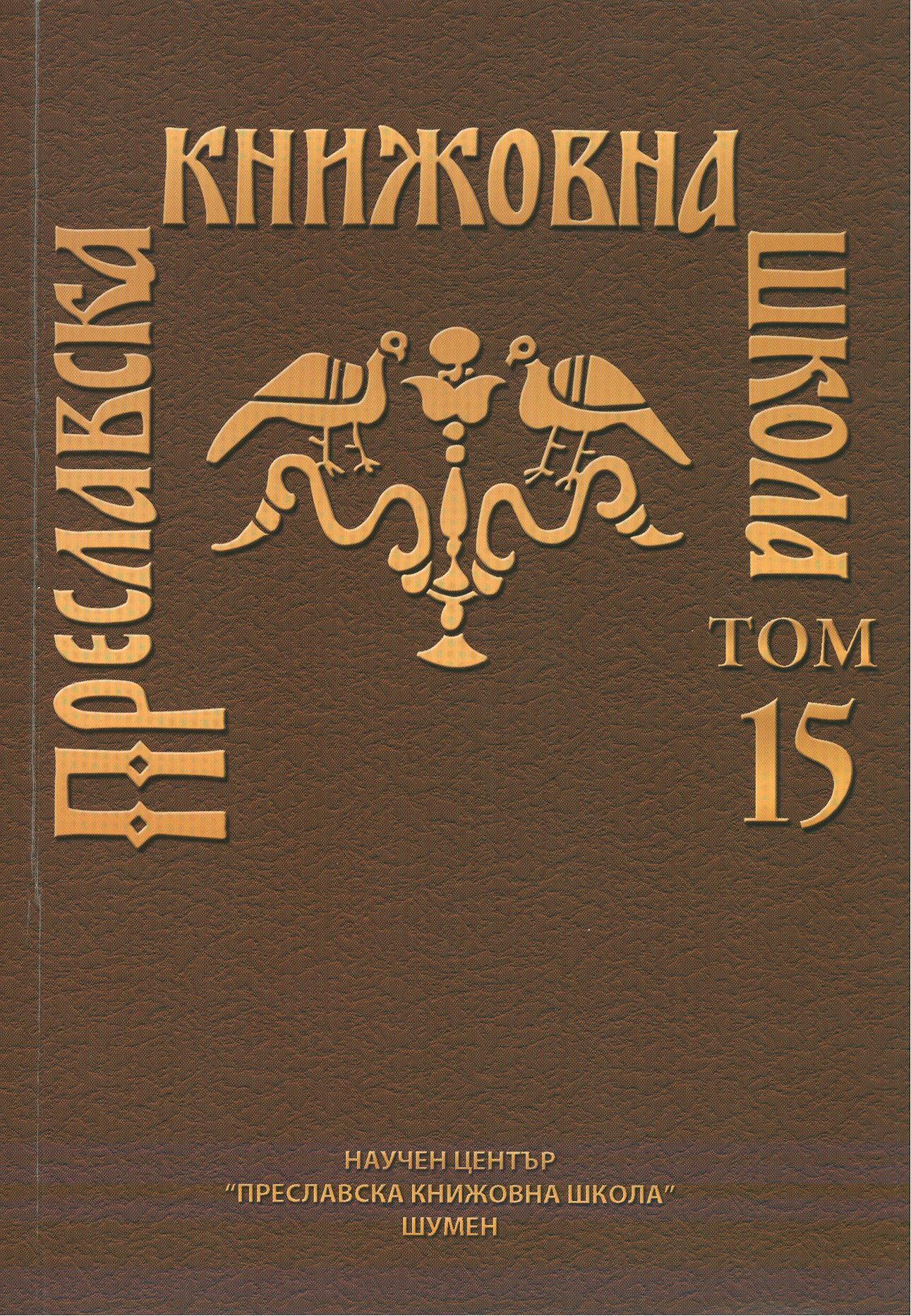МОНАШЕСКИЯТ ПЕЧАТ НА КНЯЗ БОРИС КАТО ИСТОРИЧЕСКИ ИЗТОЧНИК (към българската политическа и културна история от края на ІХ в.)
THE MONK SEAL OF PRINCE BORIS AS A HISTORICAL SOURCE (for thr Bulgarian political and cultural history form the end of the 9th century
Author(s): Pavel GeorgievSubject(s): History, Archaeology, Middle Ages, 6th to 12th Centuries
Published by: Шуменски университет »Епископ Константин Преславски«
Keywords: the molivdovul, created after prince Boris I; Boris-Michail; First Bulgarian Empire
Summary/Abstract: The article presents a new reading of the legend in the molivdovul, created after prince Boris I became a monk. A key role has the reading and understanding of the central word gegoonótos as an adjective to the noun monahos. Evidence is presented to prove its origin from the verb gegoonéo “to be heard heard, to proclaim, etc.” Examples are given suggesting the translation of the combination as “glorious (legendary) monk”. The author assumes that the legend says “Virgin Mary, help your servant, +the monk, the glorious Michael, from God archon of Bulgaria”. According to the author, such reading complies better with a text on a sphragistic monument. Besides that, the contents agree completely with the characteristics, given to the prince-baptist of the Bulgarians in most of the known narrative sources. Evidence is presented in support of this thesis. The author assumes that the seal cannot be considered as an evidence of the retained power of the prince in the government of the country and as suzerain of his sons Vladimir (Rassate) and Simeon (until 907). The prince molivdovuls of the latter and a series of written sources prove that Boris's sons have ruled independantly. The political interferences of the old prince in 893 and 896 are individual events and serve to apply his will as a moral pillar of the christianity in Bulgaria. The monk Michail has retained the title “from God archon of Bulgaria” till the end of his life, as given from above. The stature of the old prince is of a prominent monk in the strengthening archdiocese of Bulgaria. According to the author, proof of this can be seen on the face of the monk seal. Compared to the ones from his period as a ruler or to the seals of the head of the Bulgarian church – the archbishop Georgi, they lead to the conclusion that in his last years, prince Boris-Michail had excersised his authority and power exclusively in the sphere of the religious and cultural life in the capital and the state. In this he followed the example of his distinguished ancestor – the first Christian emperor, Constantine the Great. As a result he creates a new, true Christian capital, called Preslav and leads a large scale ecclesiastical and monastery constructions, the strengthening of the Church and its supplying with books. As a “glorious monk” the old prince creates a circle of other “renowned monks”. Its members are called by a similar epithet and among them are the prince's brother Doks (Duks) and his son Tudor, the young Simeon or the enigmatic Chernorizets Hrabar. In this, Boris again copies Constantine the Great, as the Patriarch Fotius advices him right after his baptism.
Journal: Преславска книжовна школа
- Issue Year: 2015
- Issue No: 15
- Page Range: 387-405
- Page Count: 19
- Language: Bulgarian

